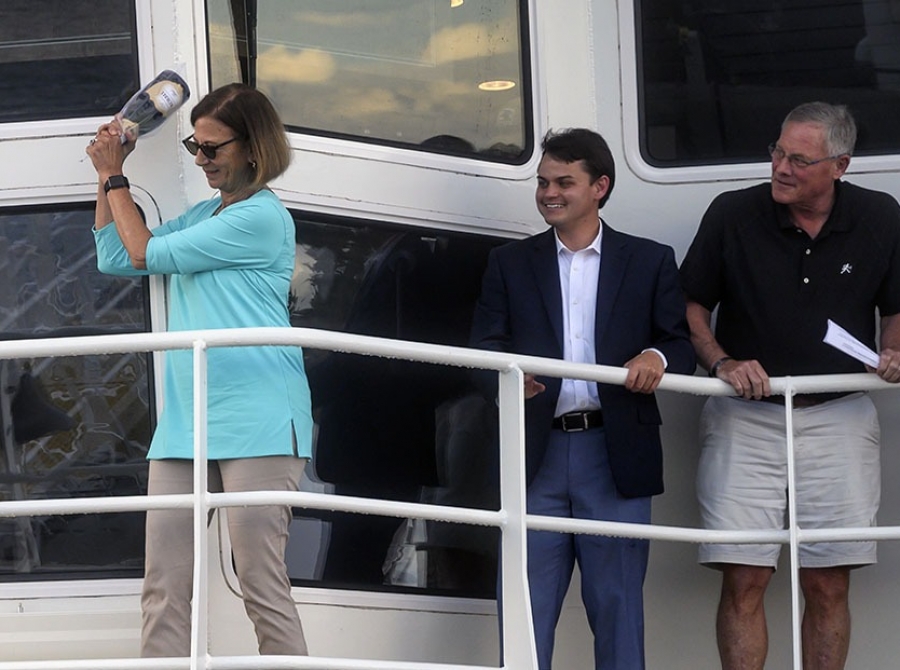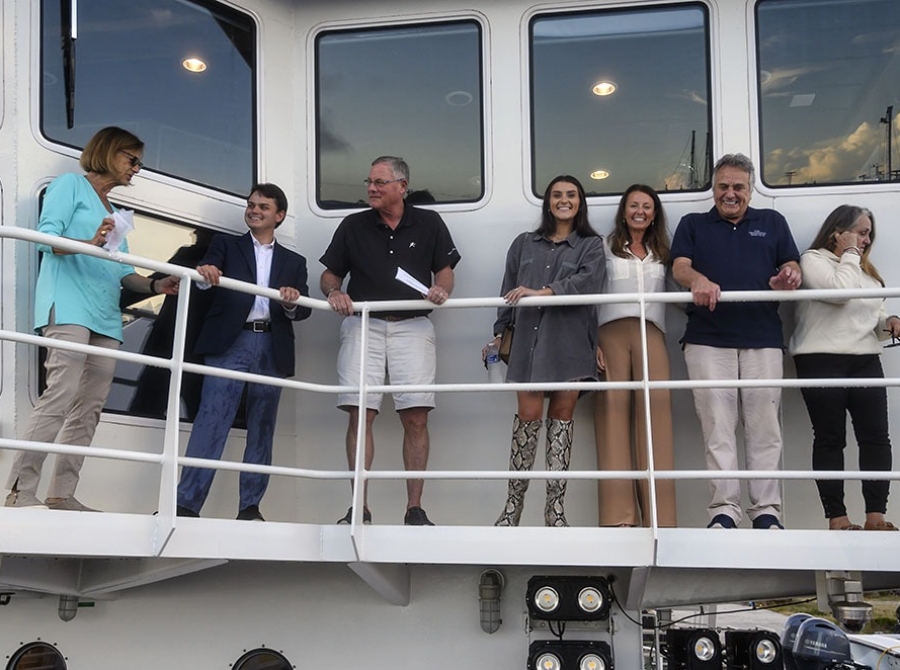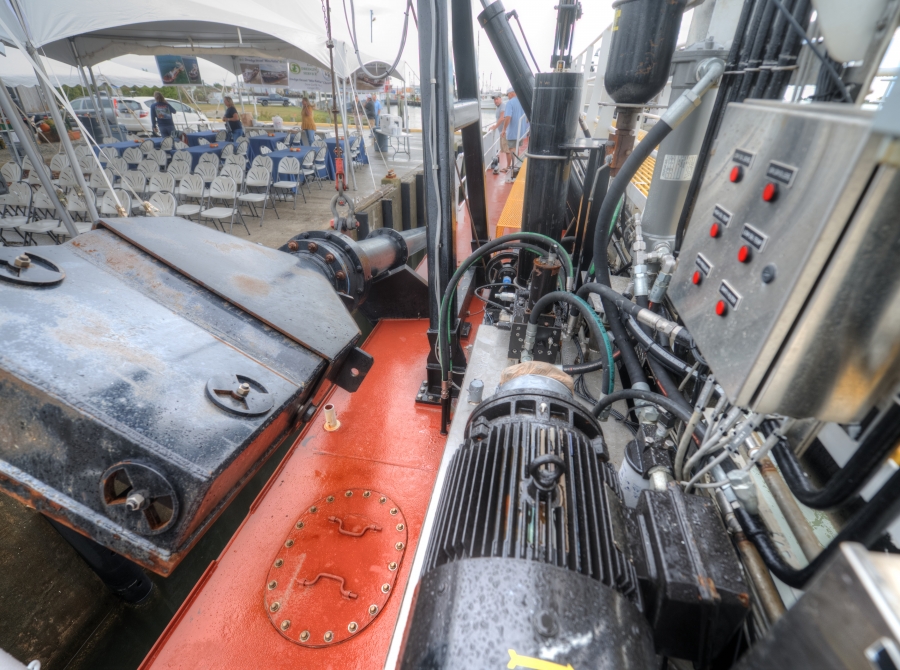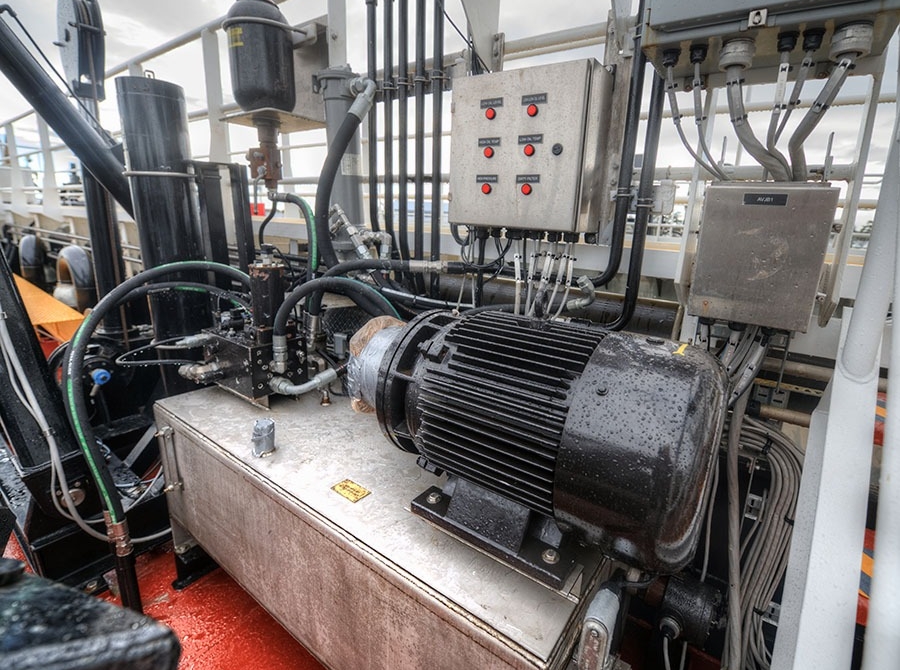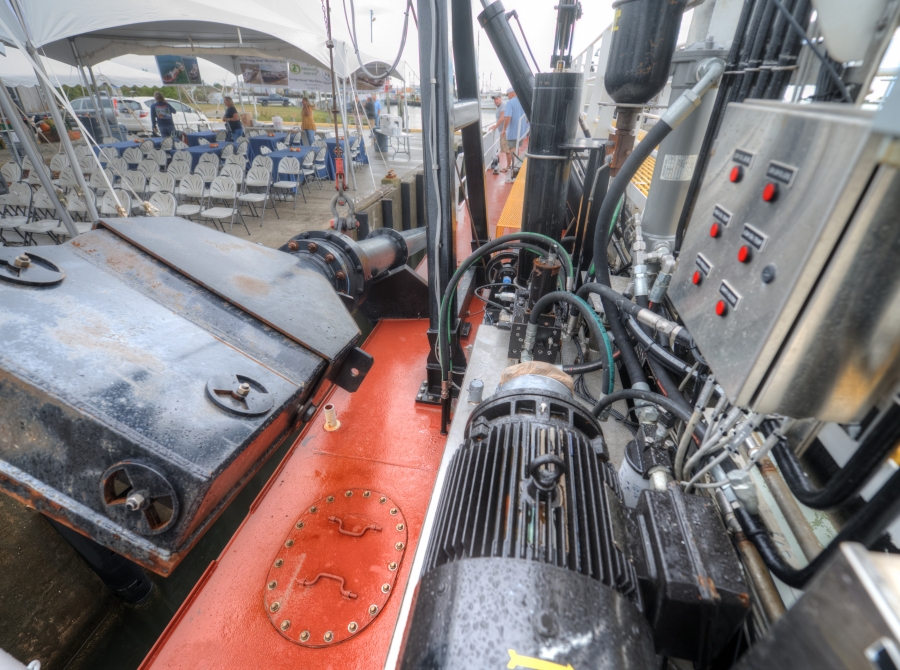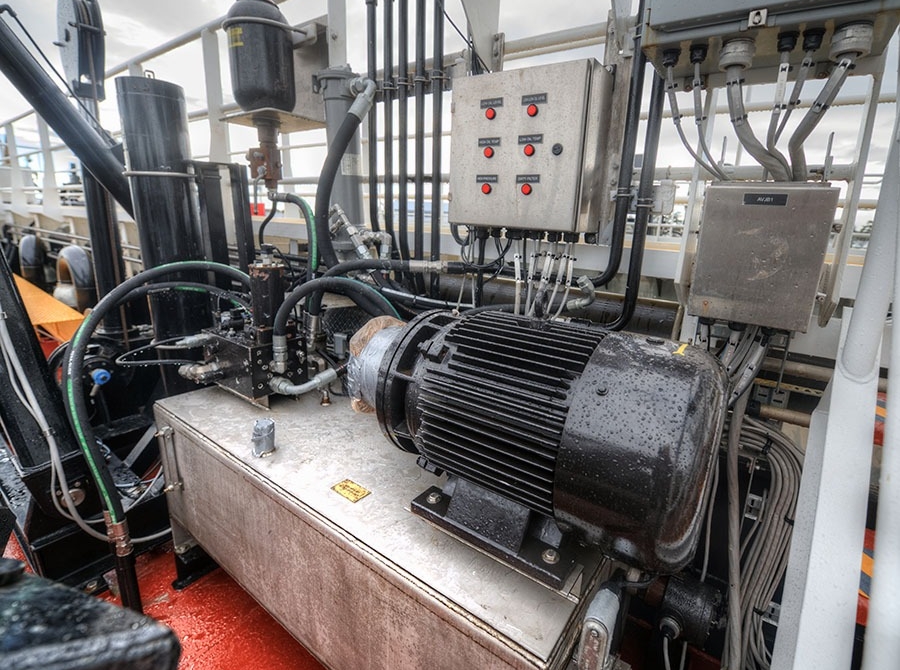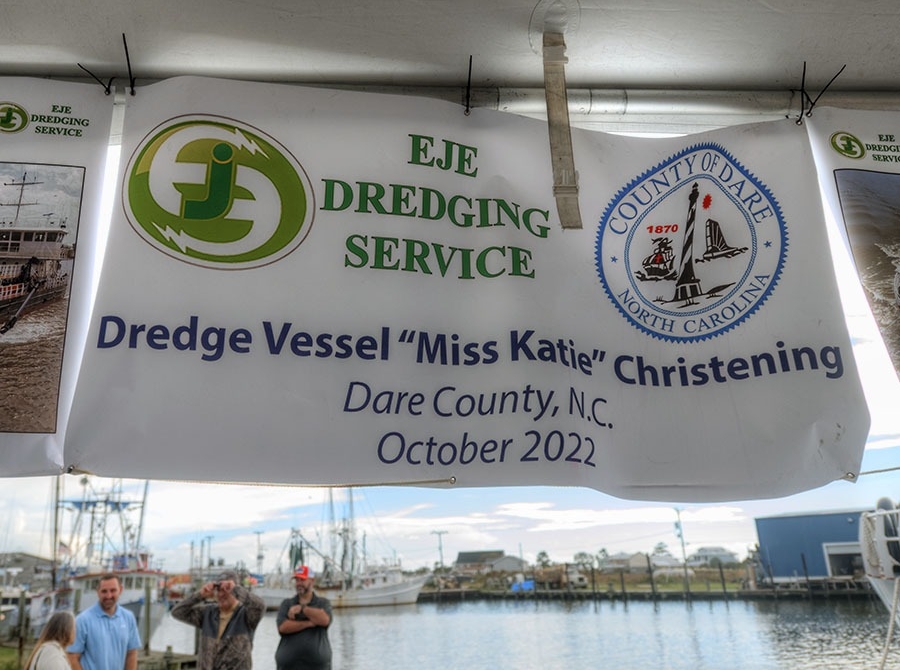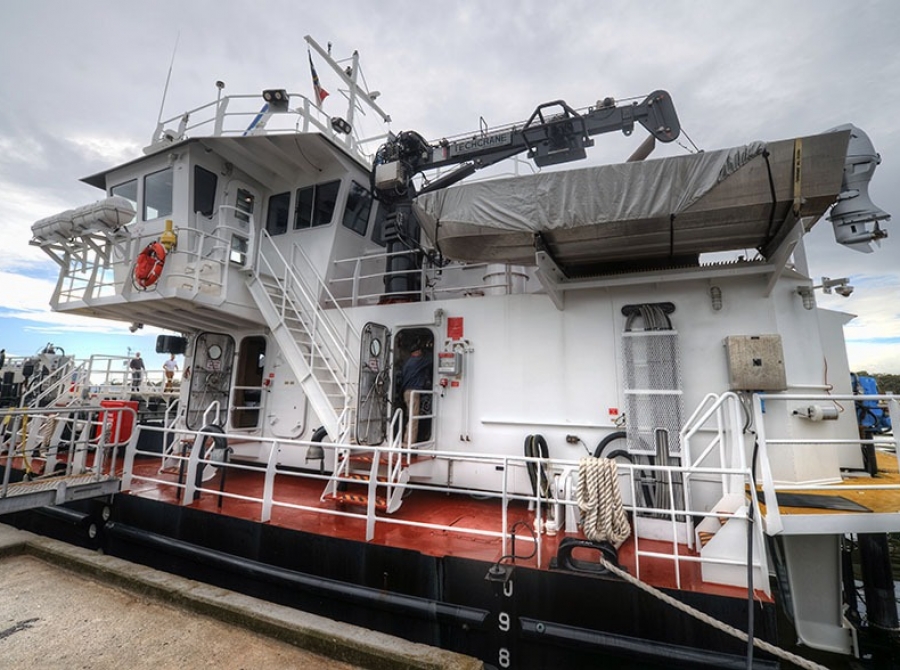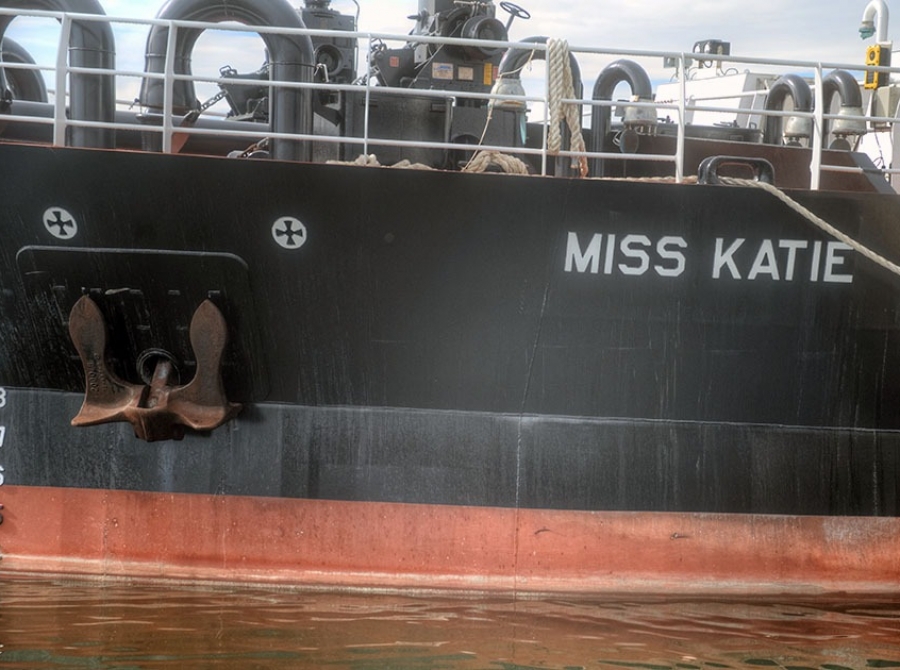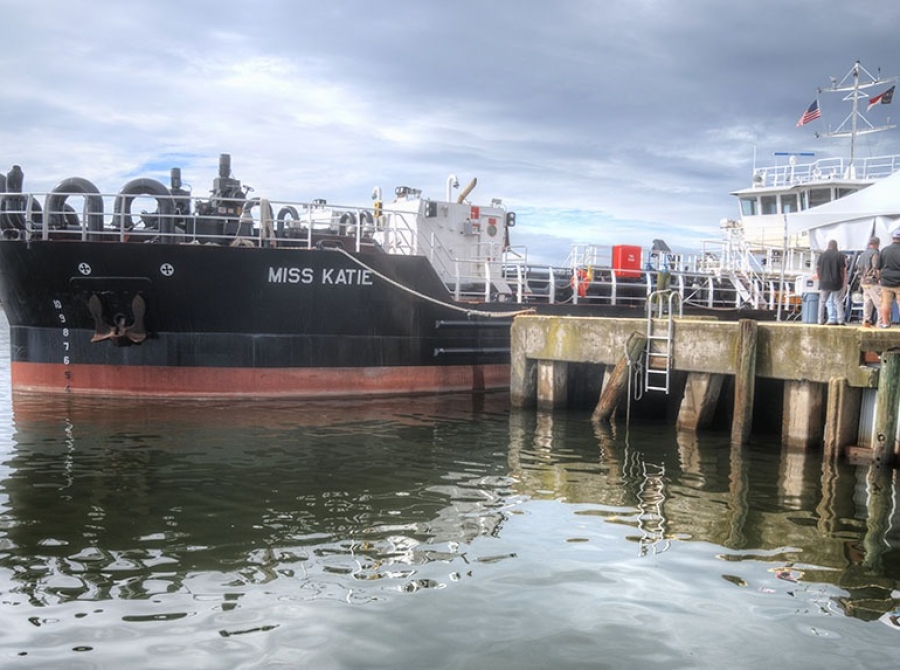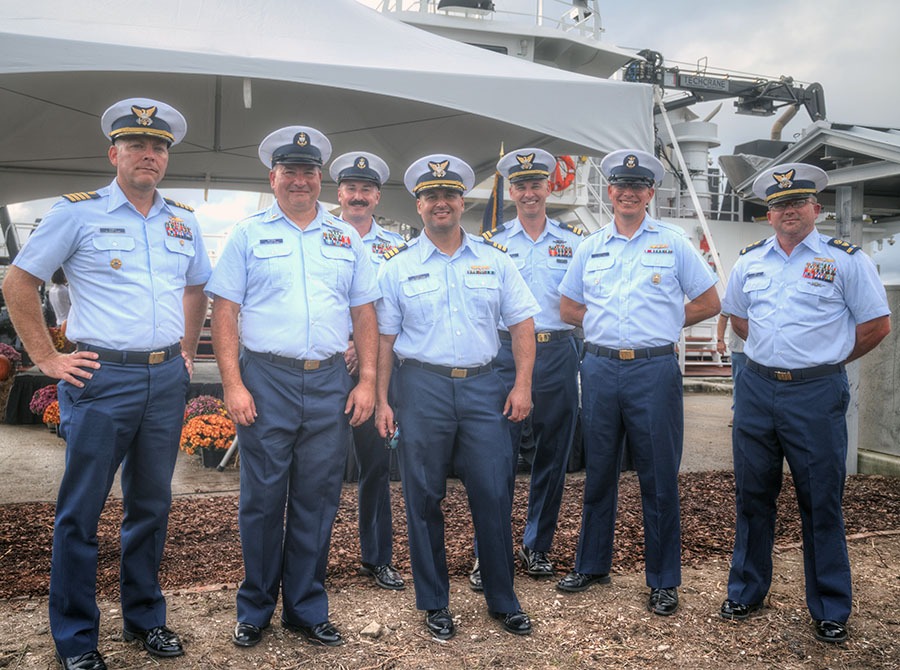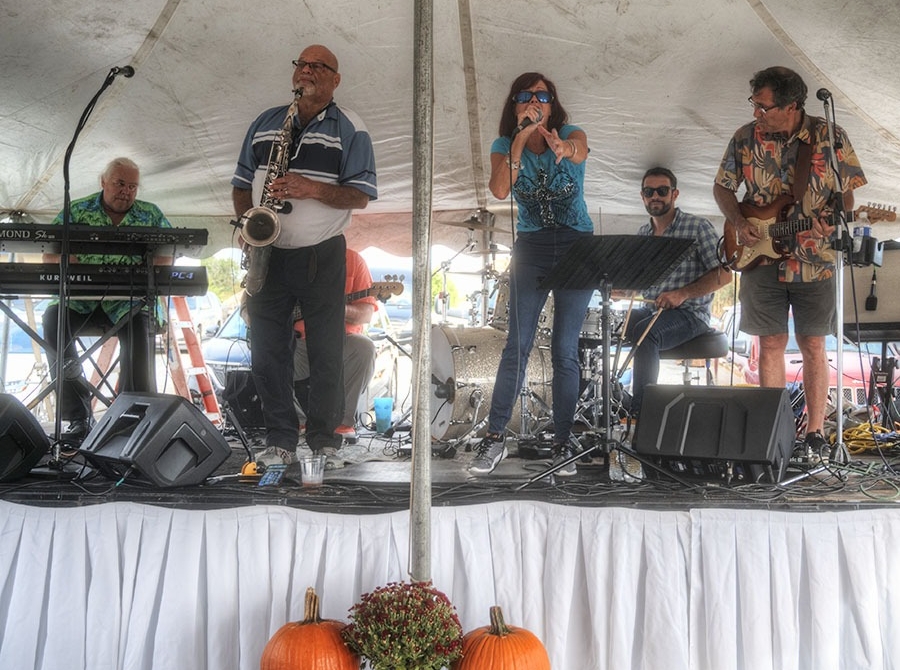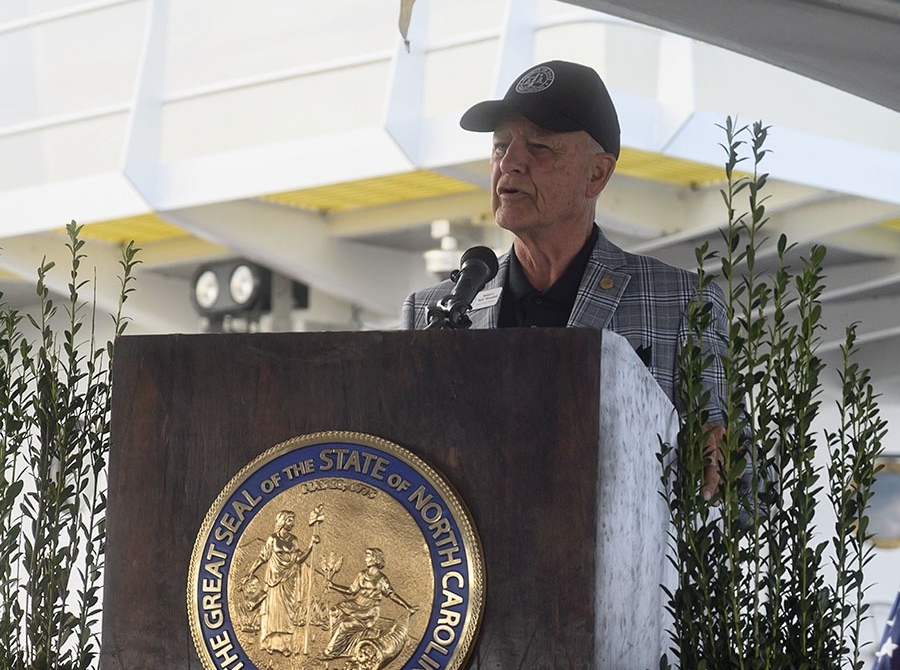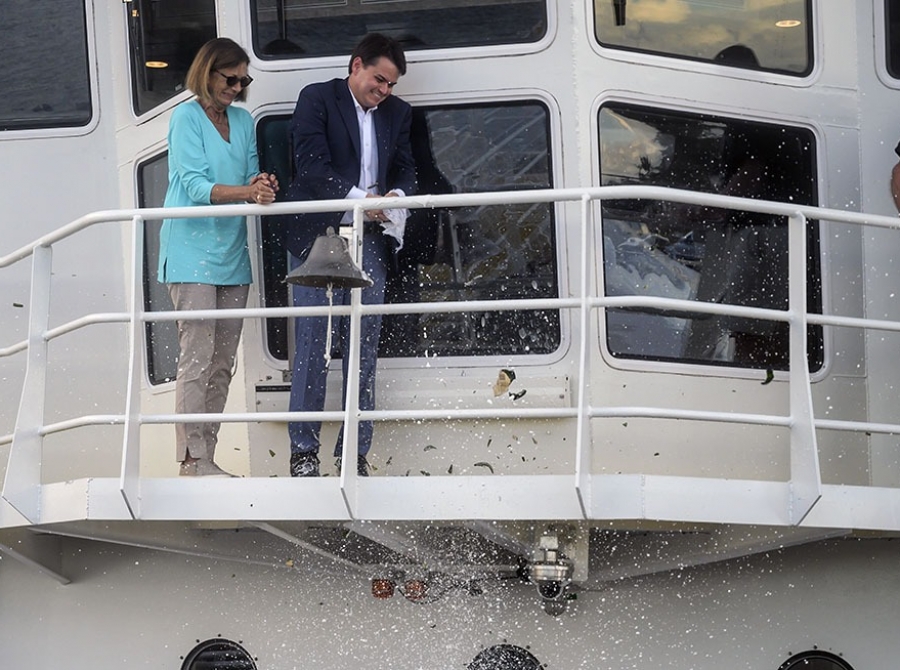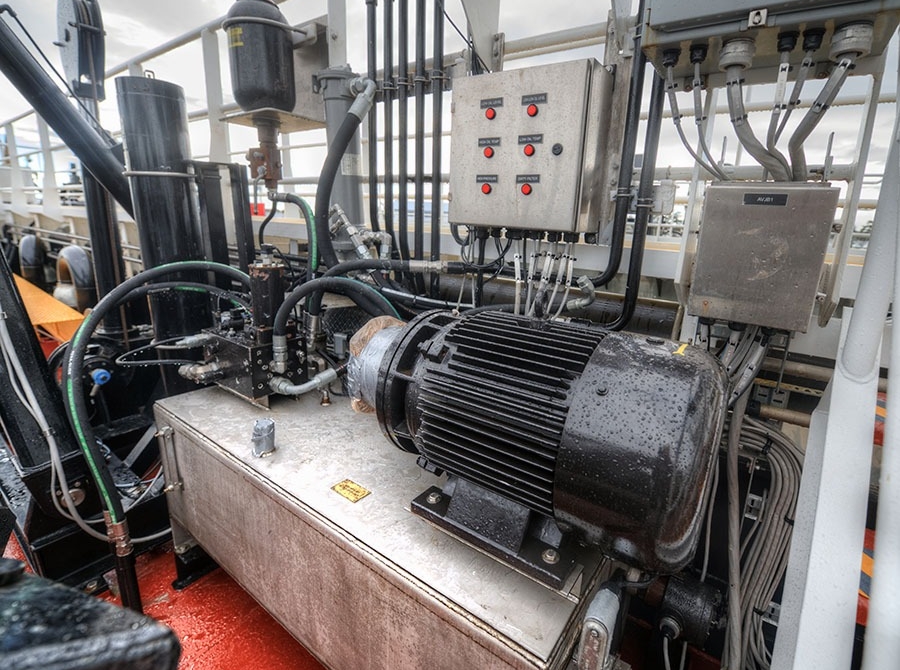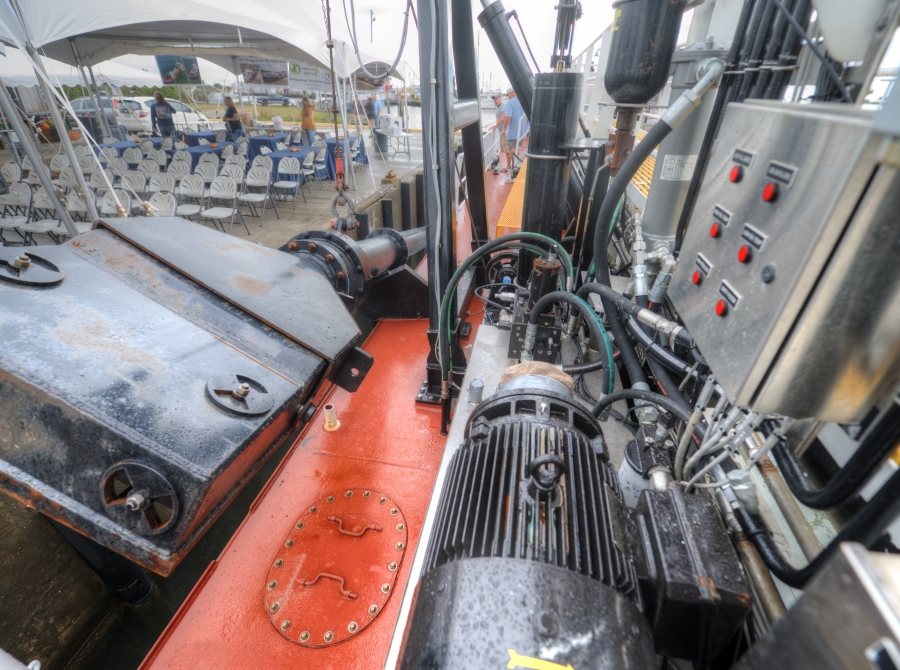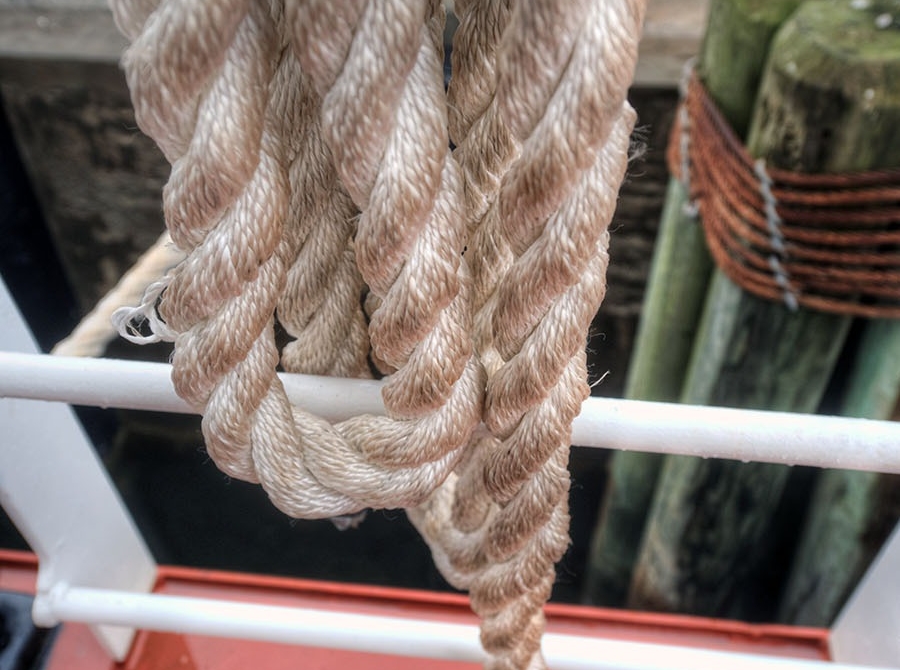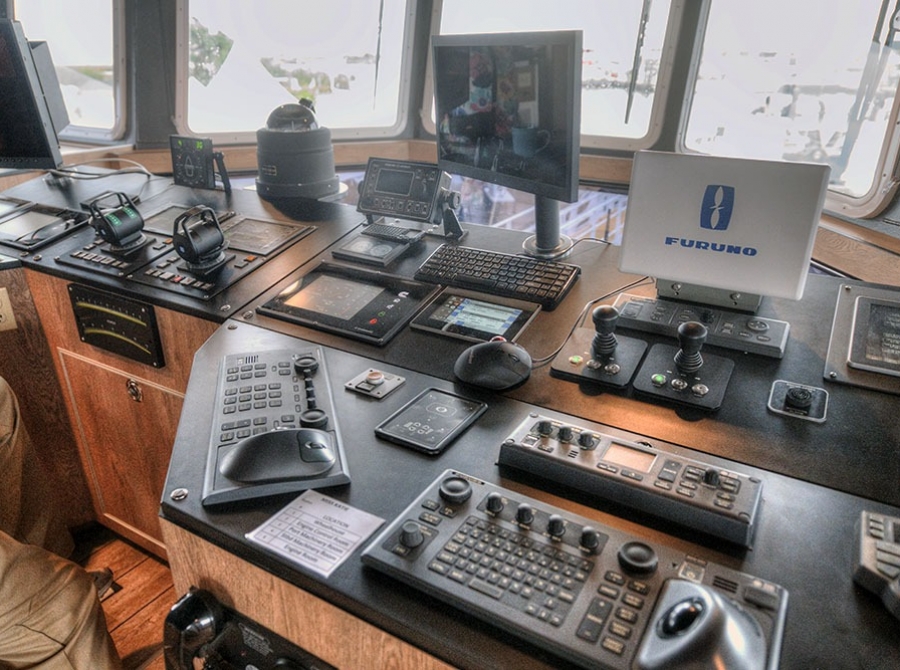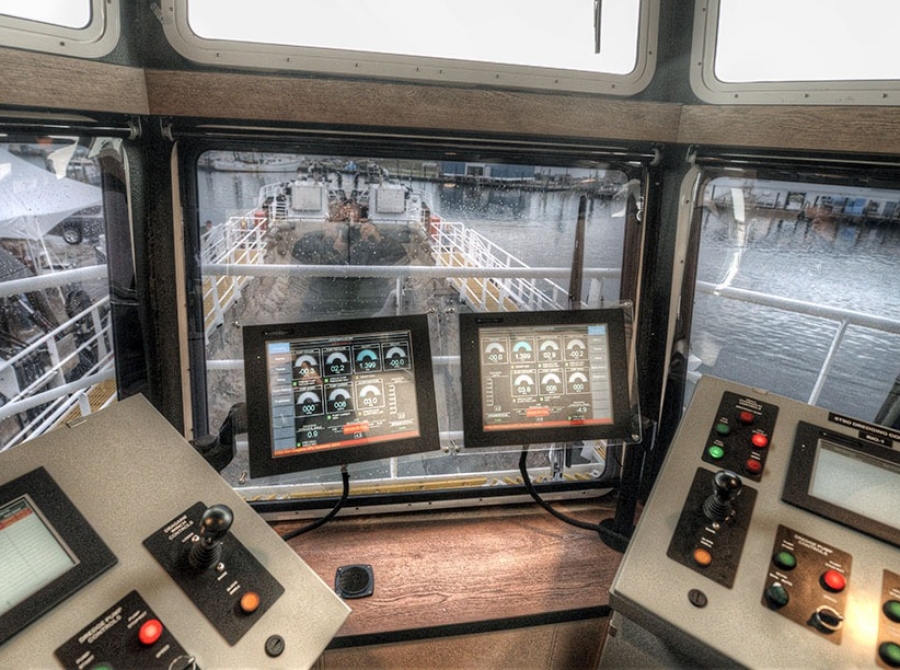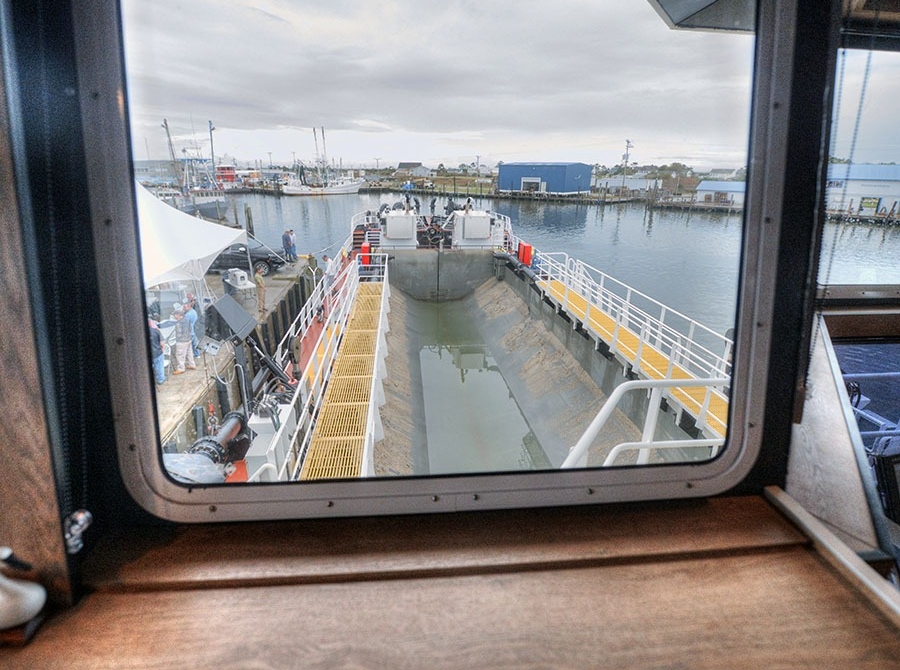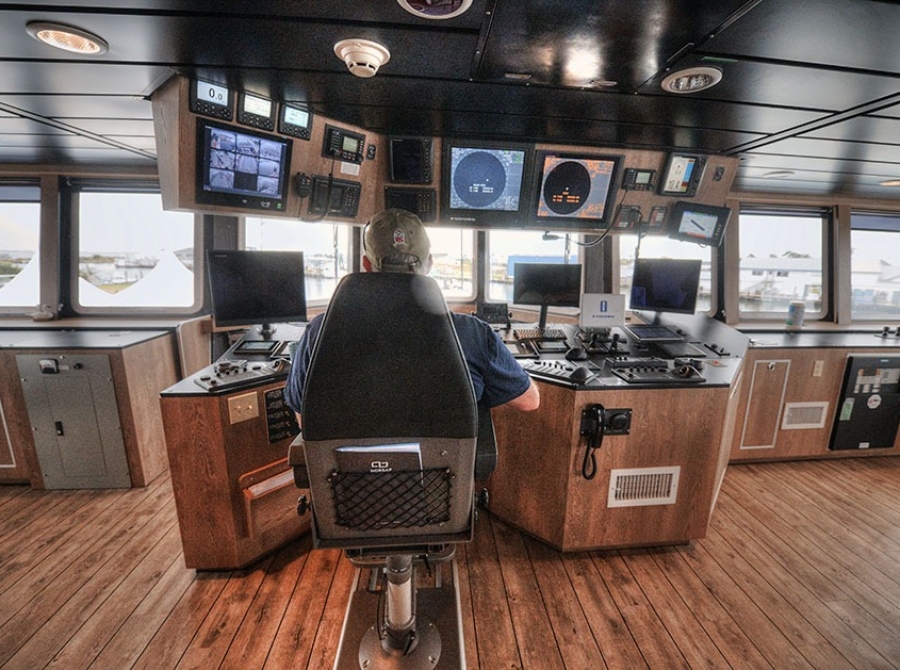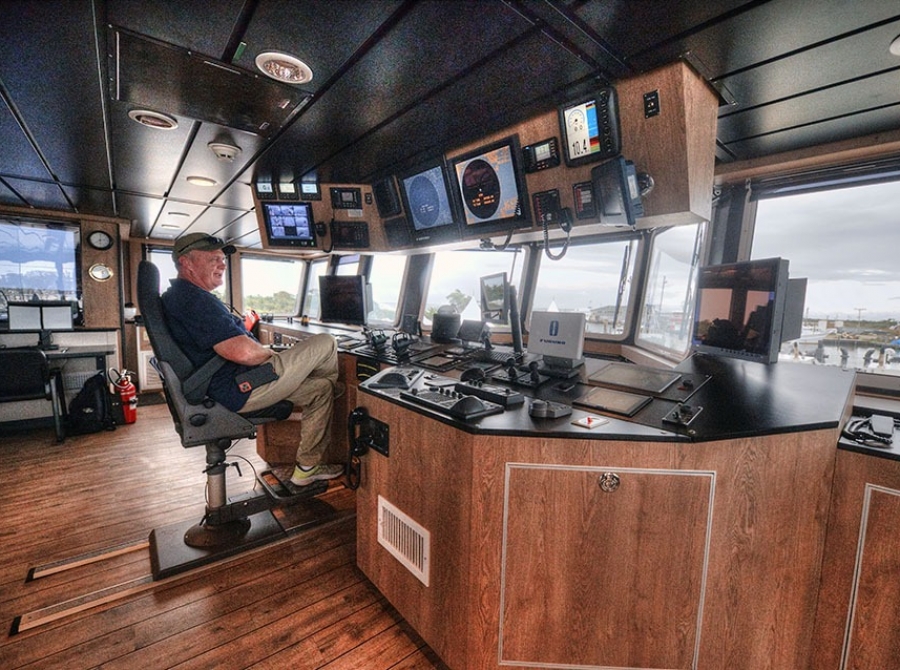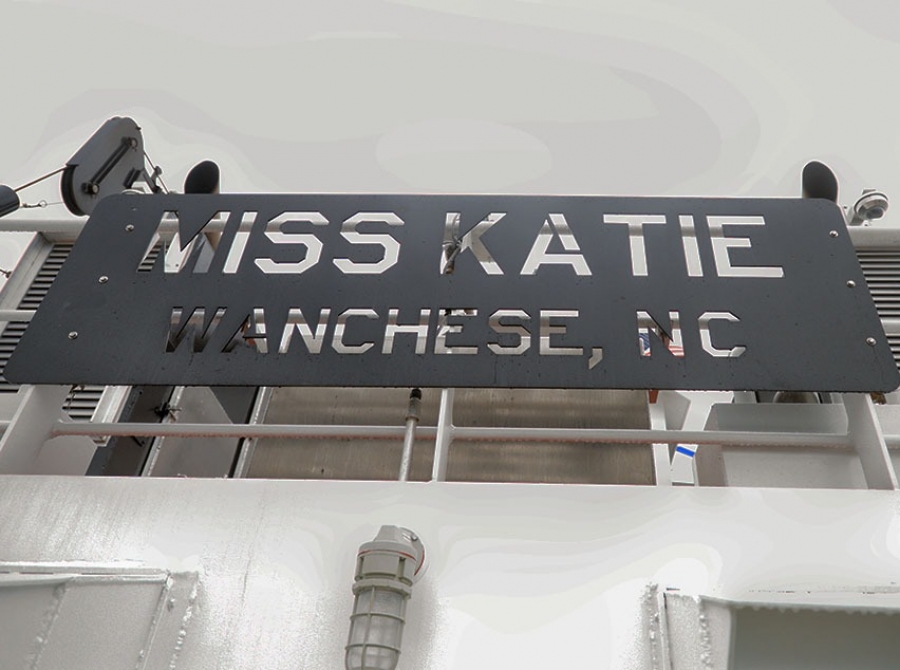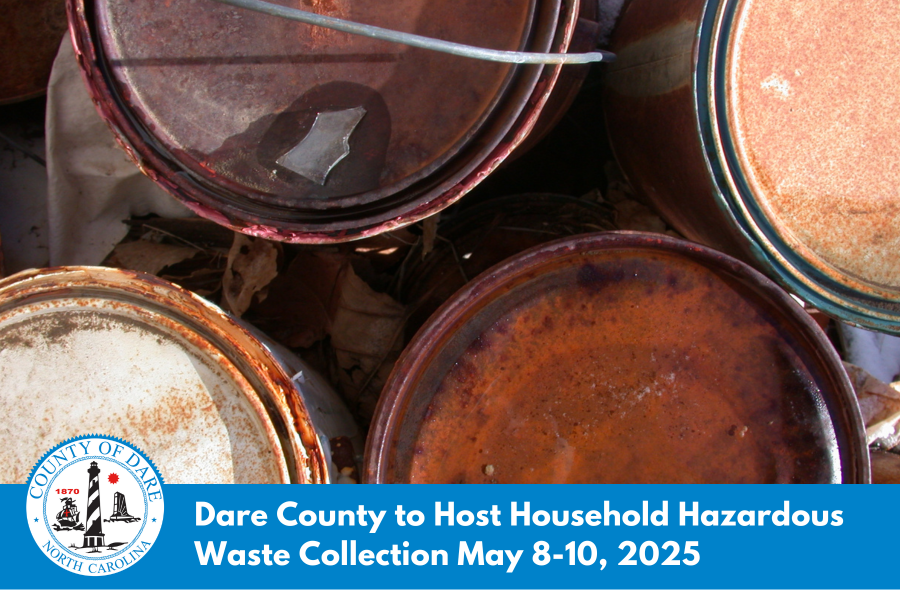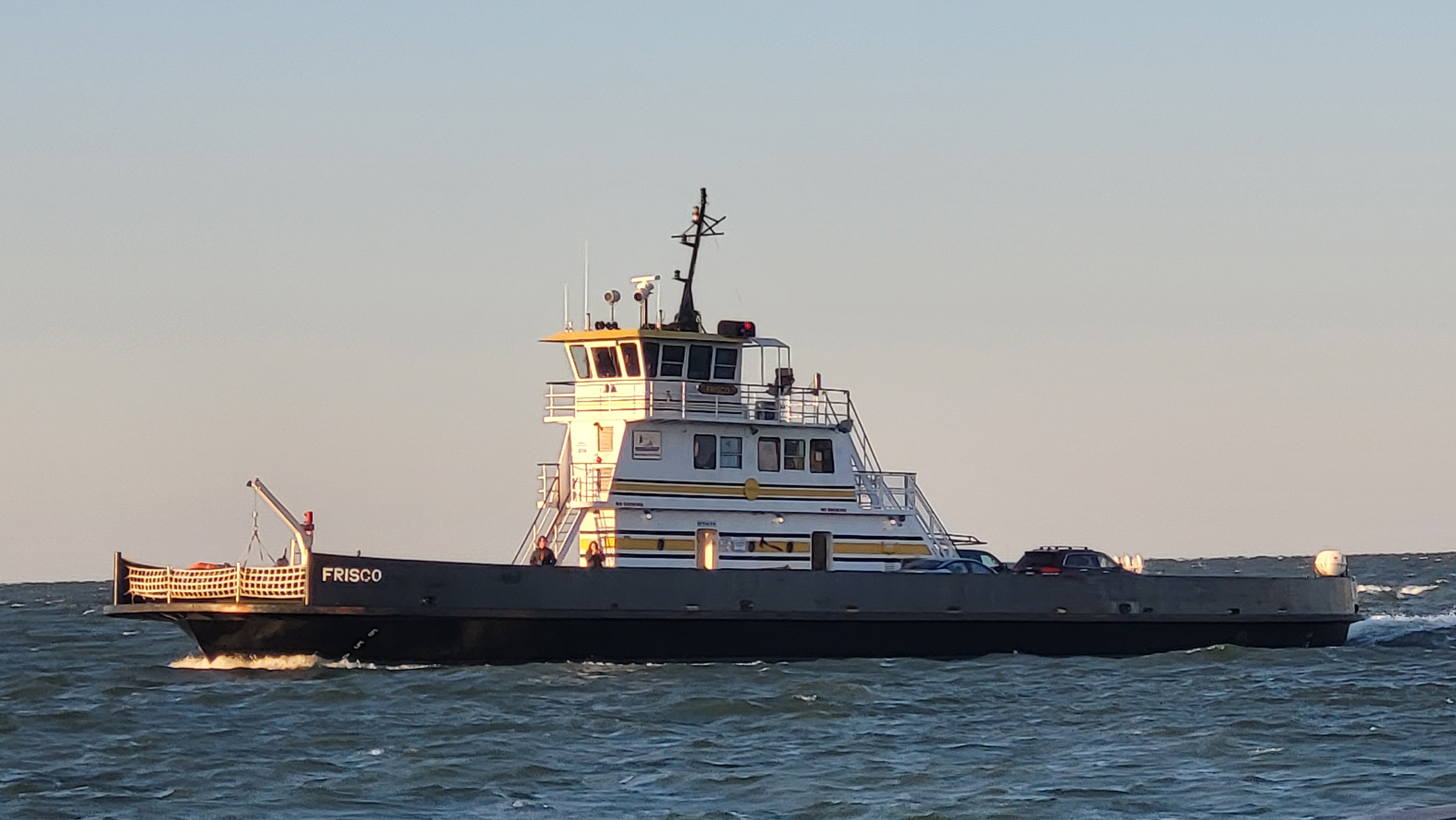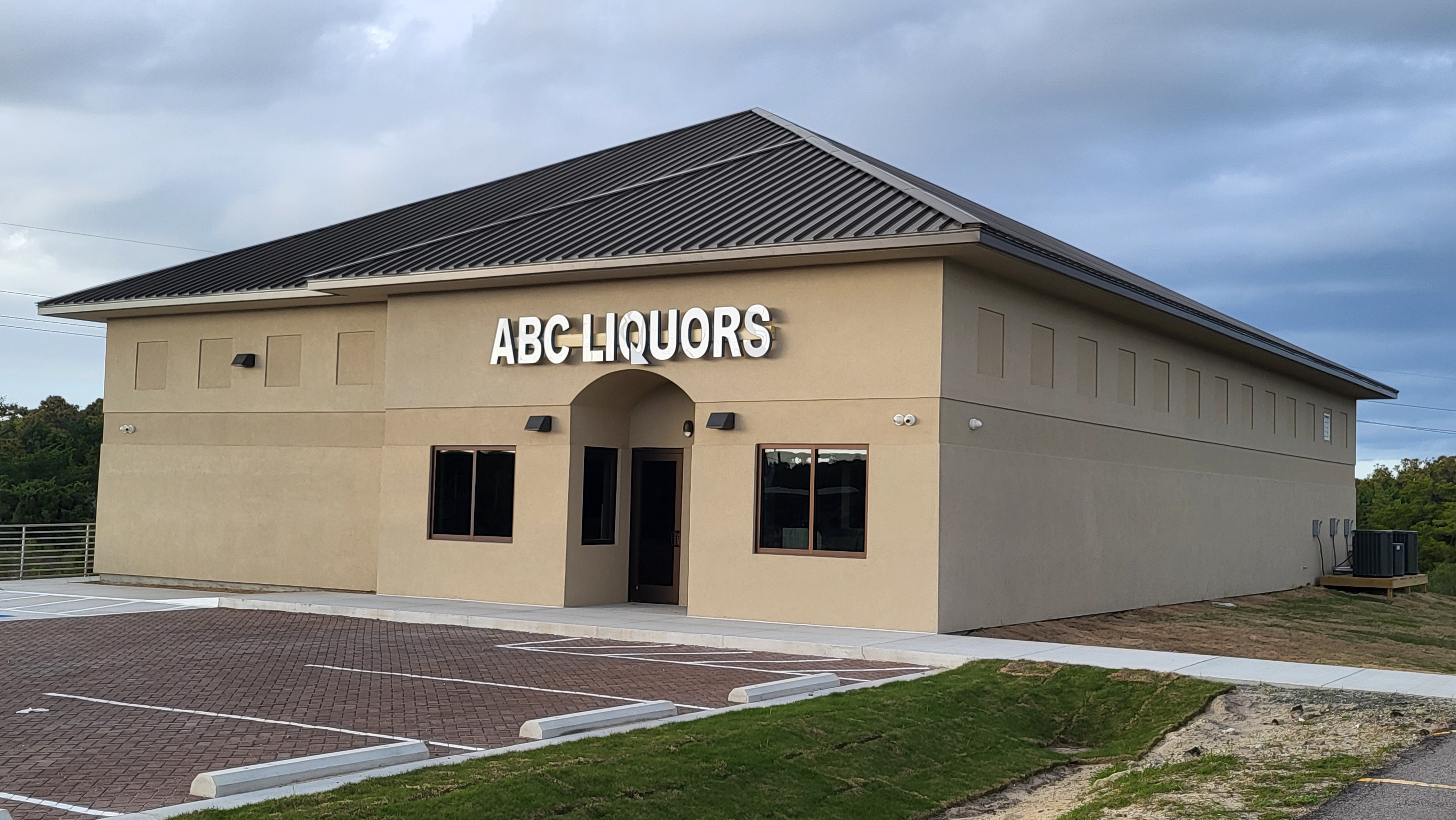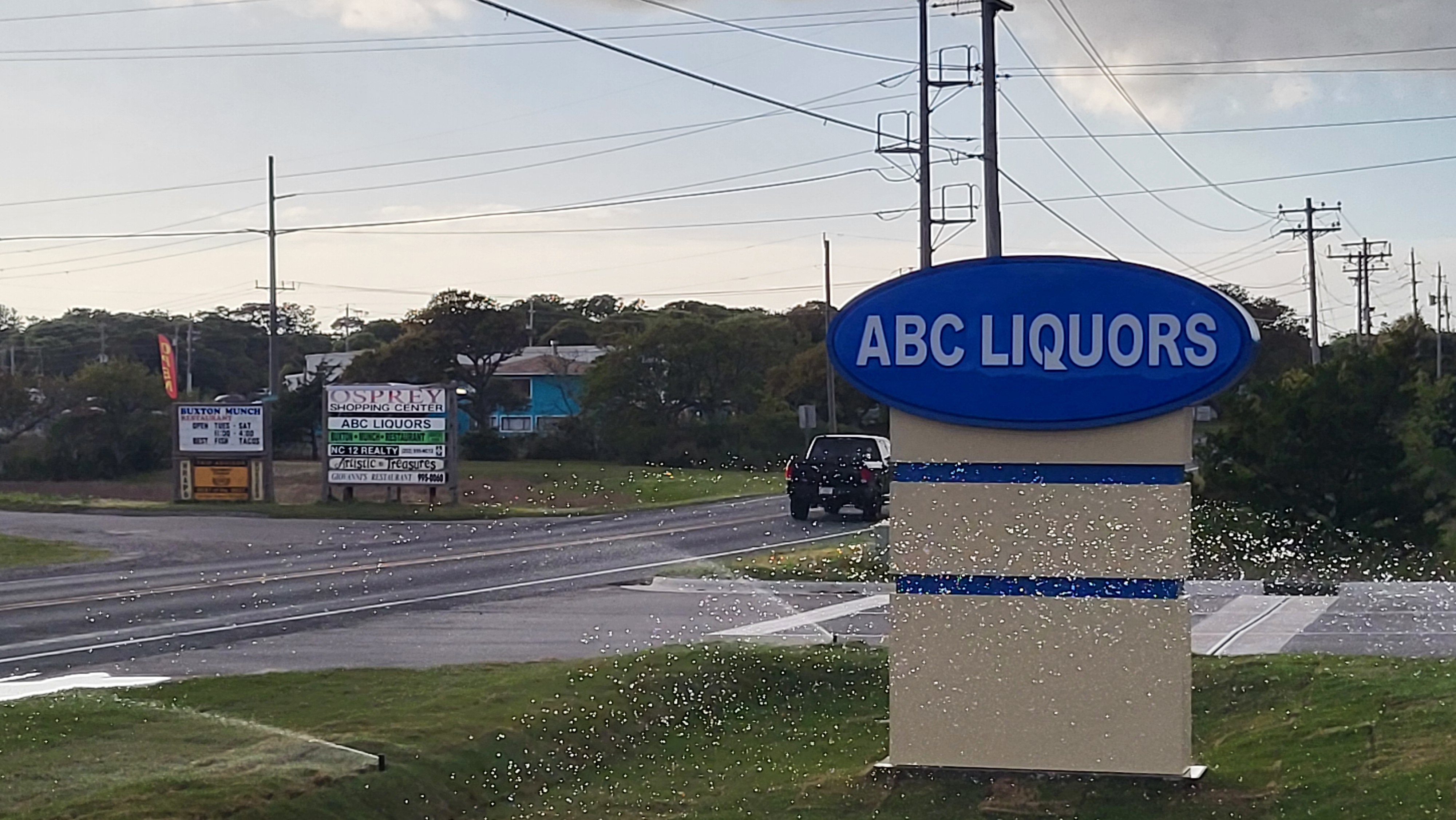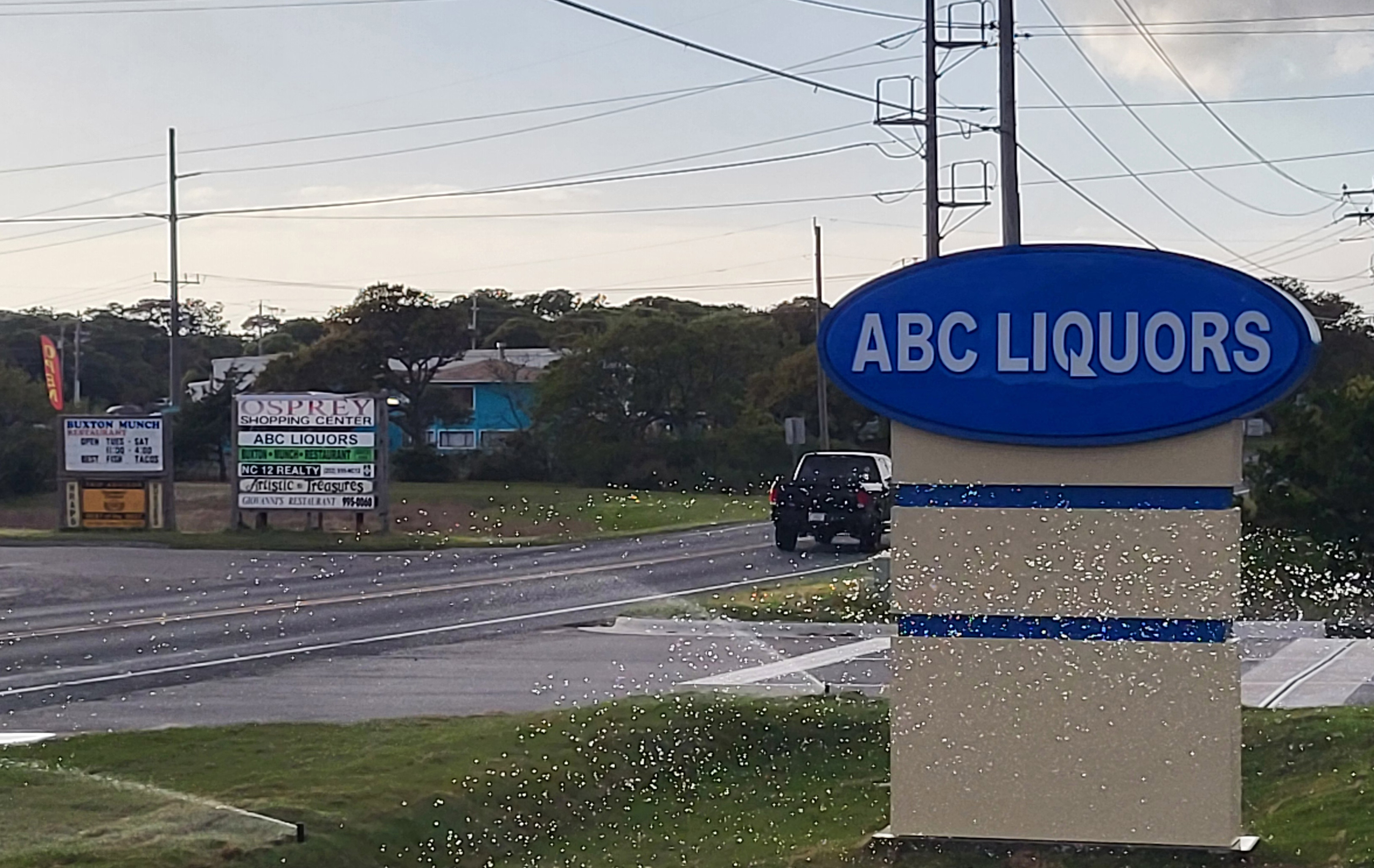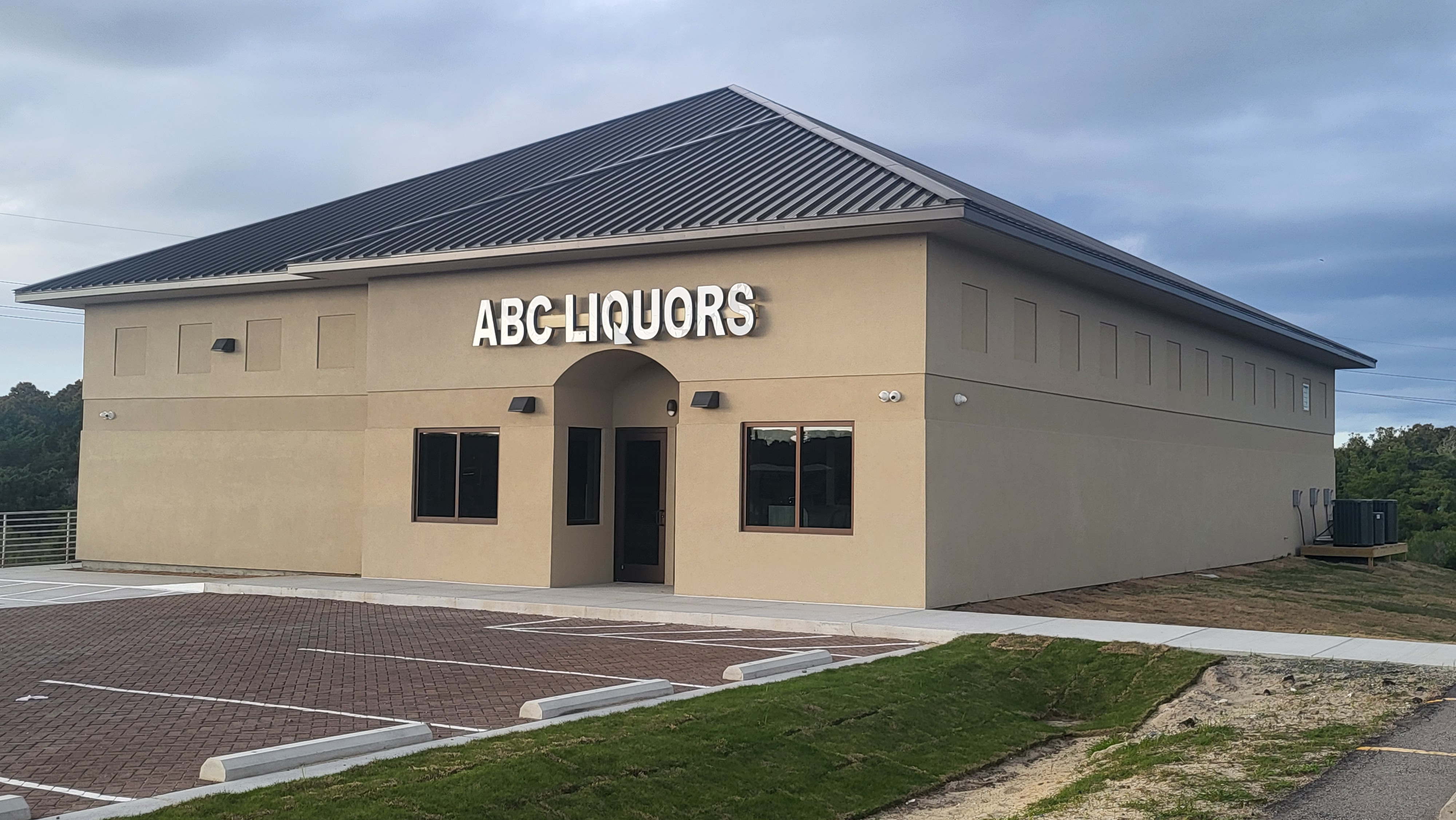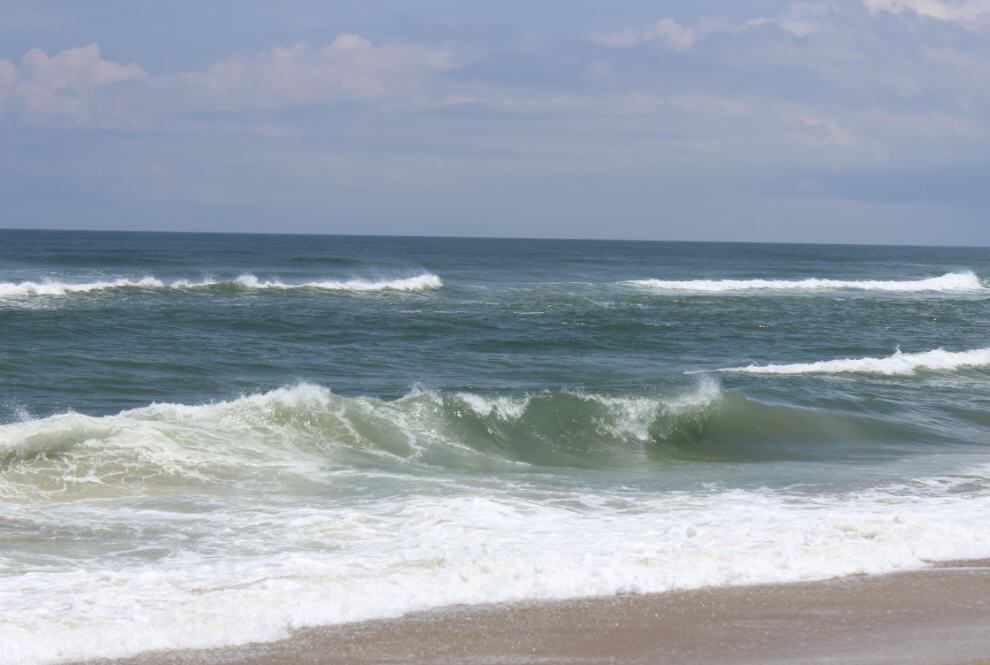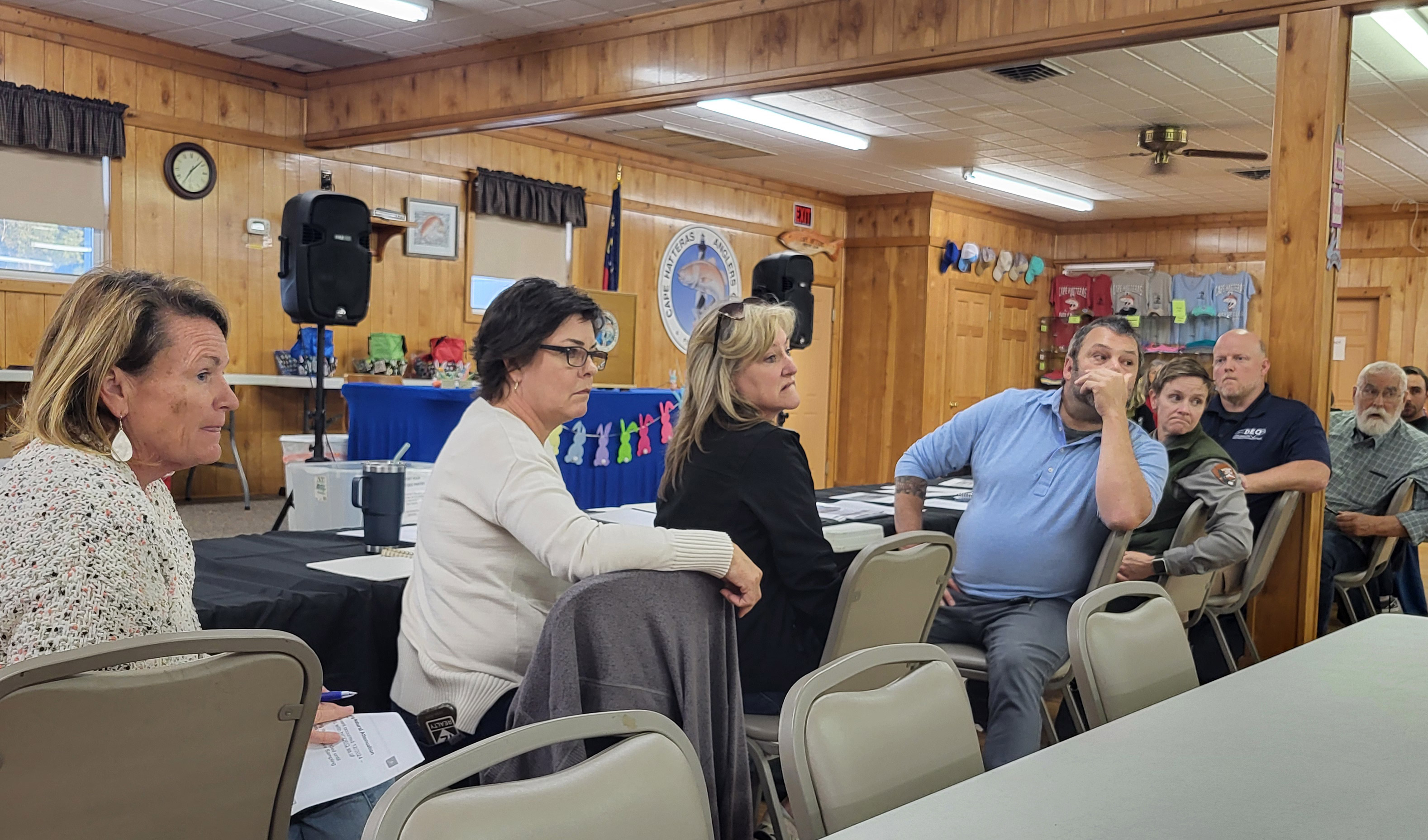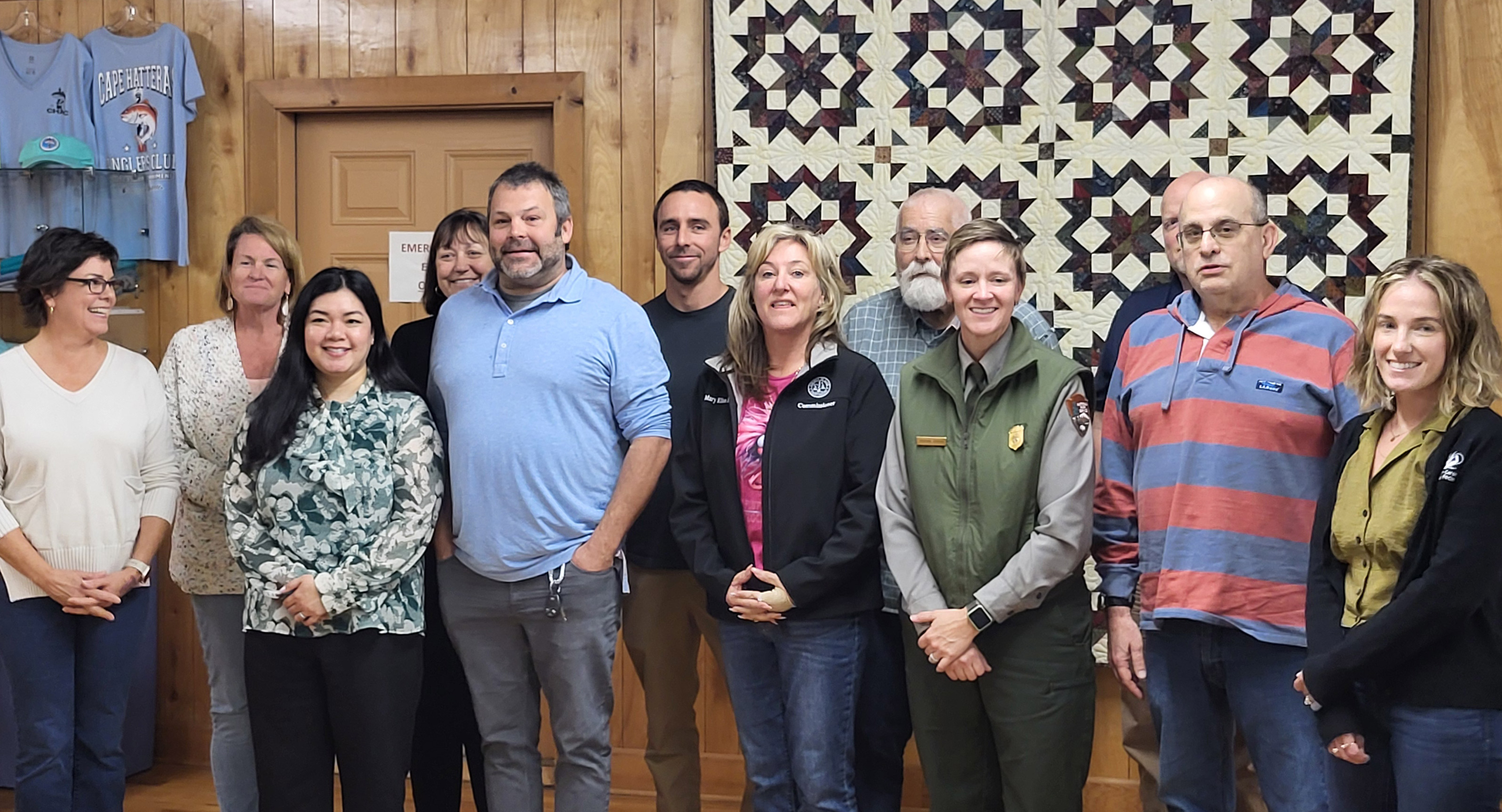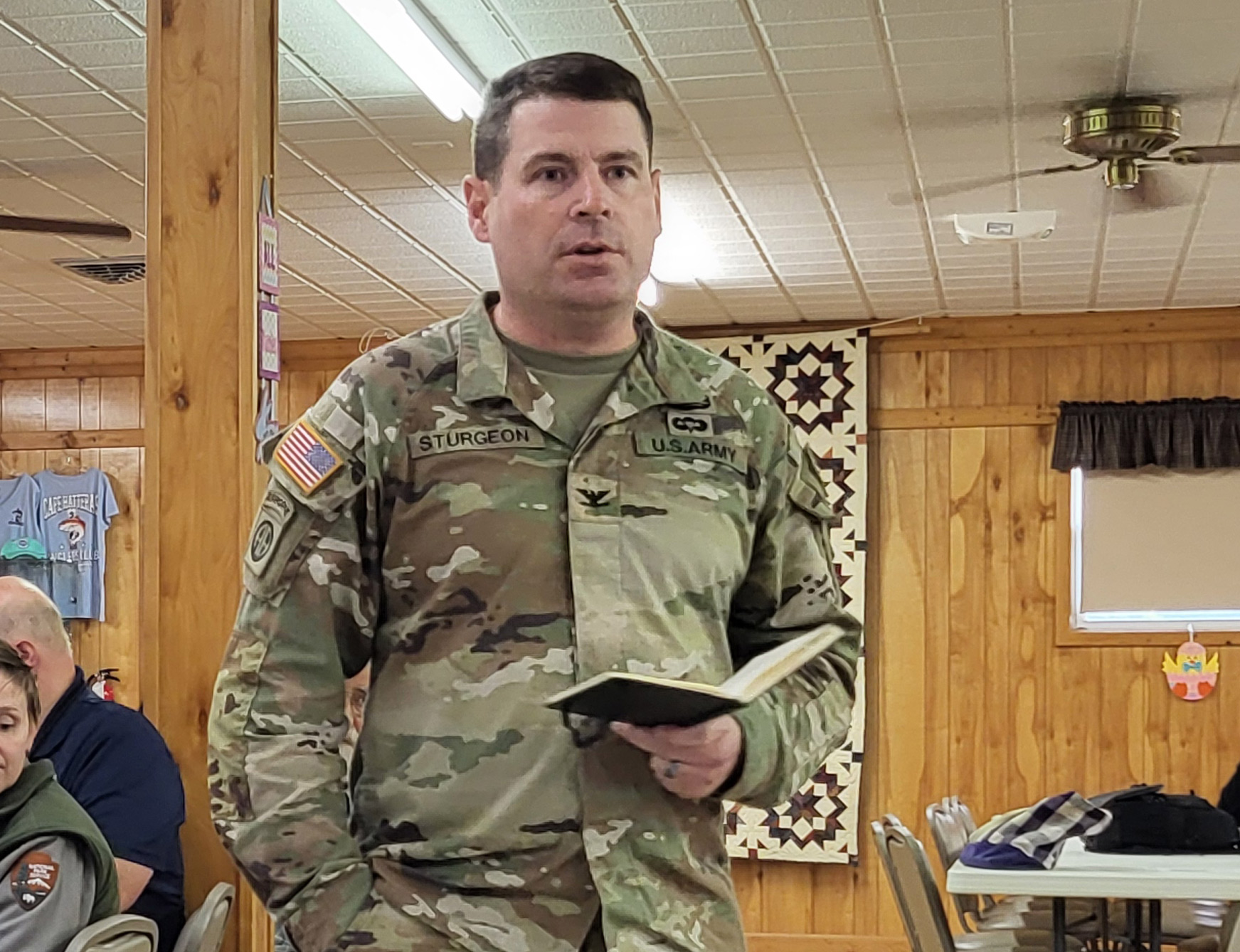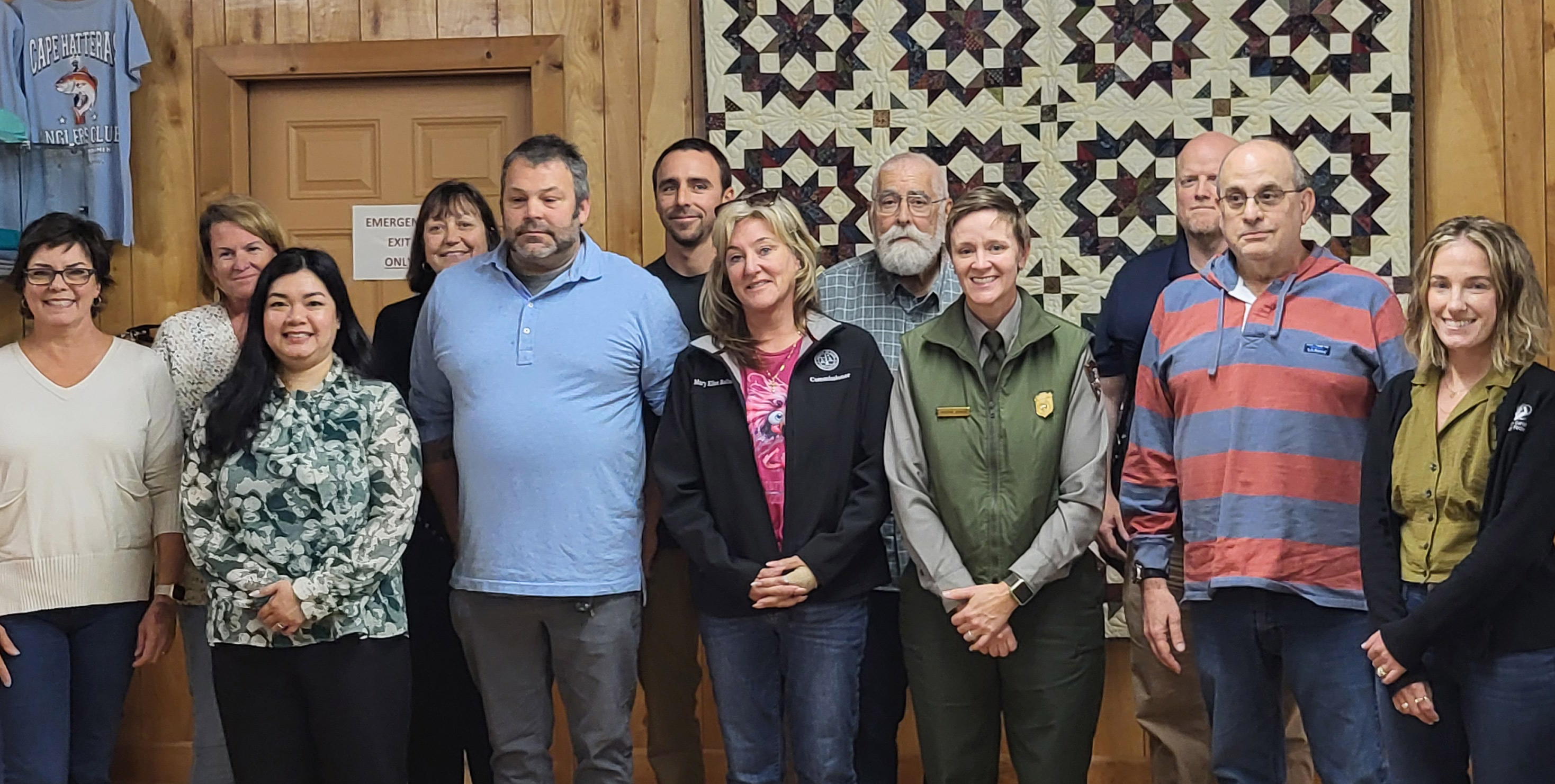Miss Katie’s public debut is a historic milestone, with a resonating namesake… WITH SLIDESHOW
Photos by Don Bowers
The Miss Katie made her public debut at a full-day event on October 13 that included tours of the 156-foot-long vessel, capped off by a Christening Ceremony with Senator Richard Burr’s wife, Brooke Burr, breaking the traditional bottle of champagne.
But it was the story behind the Miss Katie’s name that resonated with the crowd of Dare County Commissioners, Miss Katie crewmen, U.S. Coast Guard personnel, Oregon Inlet Task Force members, Dare County Waterways Commission members, and dozens of other attendees who showed up to the Wanchese waterfront to commemorate a local – and national – milestone.
The Miss Katie Dredge is the first of its kind in the United States.

As Dare County Commissioner and Oregon Inlet Task Force (OITS) Chairman Jim Tobin explained, up until the arrival of the Miss Katie, dredging in Hatteras Inlet, Oregon Inlet, and other local waterways was always dependent on the schedule of the US Corps of Engineers.
“The Corps is overworked,” he said. “They are responsible for dredging from Maine to the Mexican border, so when you realize that, you need to find a better solution.”
Dredging is required to keep the waterways of the Outer Banks open to the U.S. Coast Guard, commercial vessels, charter fishermen, and anyone who considers these channels as their local highways.
Because of the fluctuating availability of the Corps’ four dredges for the Eastern Seaboard, keeping these channels open was always piecemeal business, with no guarantee on when dredging relief would come once excessive shoaling had occurred.
Tobin shared this history in his remarks prior to the Christening, noting a pre-Miss Katie occasion when a $9 million dredging event was obliterated months later.
“Literally, within three or four months of the dredging, the channel was almost impassable,” he said. “It was frustrating. And it was almost a $9 million dollar cost.”
In the mid-2010s, an idea started to float, (which many credit to OITS member Harry Schiffman), that the county should buy its own dredge to target areas as needed, without relying on the Corps’ schedule and availability.

Multiple trips to Raleigh and conversations with state and U.S. representatives followed, and eventually, the Miss Katie came to fruition, through an innovative source of funds.
“They say the state gave us $15 million to build it, and that’s true,” said Tobin. “But the reality is that the money came from the dredging funds from the state.”
“So, money from when you have boat registration goes into the dredging fund. Money from when you pay for your fuel tax goes into the [fund]… So, actually, the people who helped purchase this vessel are the people who are going to be the recipients of the work that it does. They’re the people who paid for it, which is very innovative.”
The innovation didn’t stop there, either, as Tobin stated. “We went out [and formed] the public-private partnership. It was the first one in the United States,” he said. “There are many, many other people [who are] watching what we did.”
The other side of this public-private partnership is EJE Dredging Service, which is based in Greenville, N.C., and which owns and operates the $15 million dollar dredge.
EJE Vice-President/Managing Partner Jordan Hennessy spoke at length about the hiccups and obstacles that have occurred since the inception of the Miss Katie, but it was the story behind the name that resonated with everyone in the crowd.
On May 13, 2019, 25-year-old Laura “Caitlyn” Whitehurst was shot by her former boyfriend, Christopher Levon Garris, who then shot and killed himself.
Whitehurst, who was a promising nursing assistant and who had just applied to nursing school, was the victim of domestic violence, and awareness of her story has now spread from Pitt County, to Dare County, and to the entire state of North Carolina.
Hennessy shared the details of Katie’s last evening, which included the sound of gunshots that Hennessy heard at the entrance of her community, while he was en route to check on her.

“Later on, it was disclosed and that she was in an abusive relationship,” said Hennessy. “I found out [after] that one out of every four women will actually go through some sort of domestic violence in their lifetime.”
The lone silver lining of the event was the introduction of Caitlyn’s Courage. On June 25, 2020, the North Carolina State Legislature passed House Bill 1023, which earmarked $3.5 million in federal COVID-19 stimulus funds toward the development and implementation of a GPS monitoring program aimed at reducing interaction between domestic violence victims and the accused.
The program alerts both parties when they are in close proximity, either by mistake or intentionally, which means that potential domestic violence victims will always be notified when they are in danger.
EJE Dredging Service’s President is Judson Whitehurst, Caitlyn’s father, and while he didn’t speak at the event, it was clear that all stakeholders admired his efforts to make the Miss Katie dredge come to fruition, and understood the significance of the name.
“It did not go unnoticed to me, (and I’m sure to you), that when Jordan [Hennessy] started talking about Caitlyn, God shined the brightest light on this group, and there’s no question that was a way of letting [Caitlyn] have a clear vision of this beautiful vessel, that I know you’re proud of,” said U.S. Senator Richard Burr, noting the brief period of sunshine that occurred with Hennessy’s remarks.
“We’ve been doing this [dredging] with band-aids, and now we have the opportunity to do it from the ground up,” said Sen. Burr. “But I’m really here to say thank you to all of you, because it’s a community that’s part of the partnership. And it took the community really behind this to make this happen.”
For more information on Caitlyn’s Courage, Click Here.


